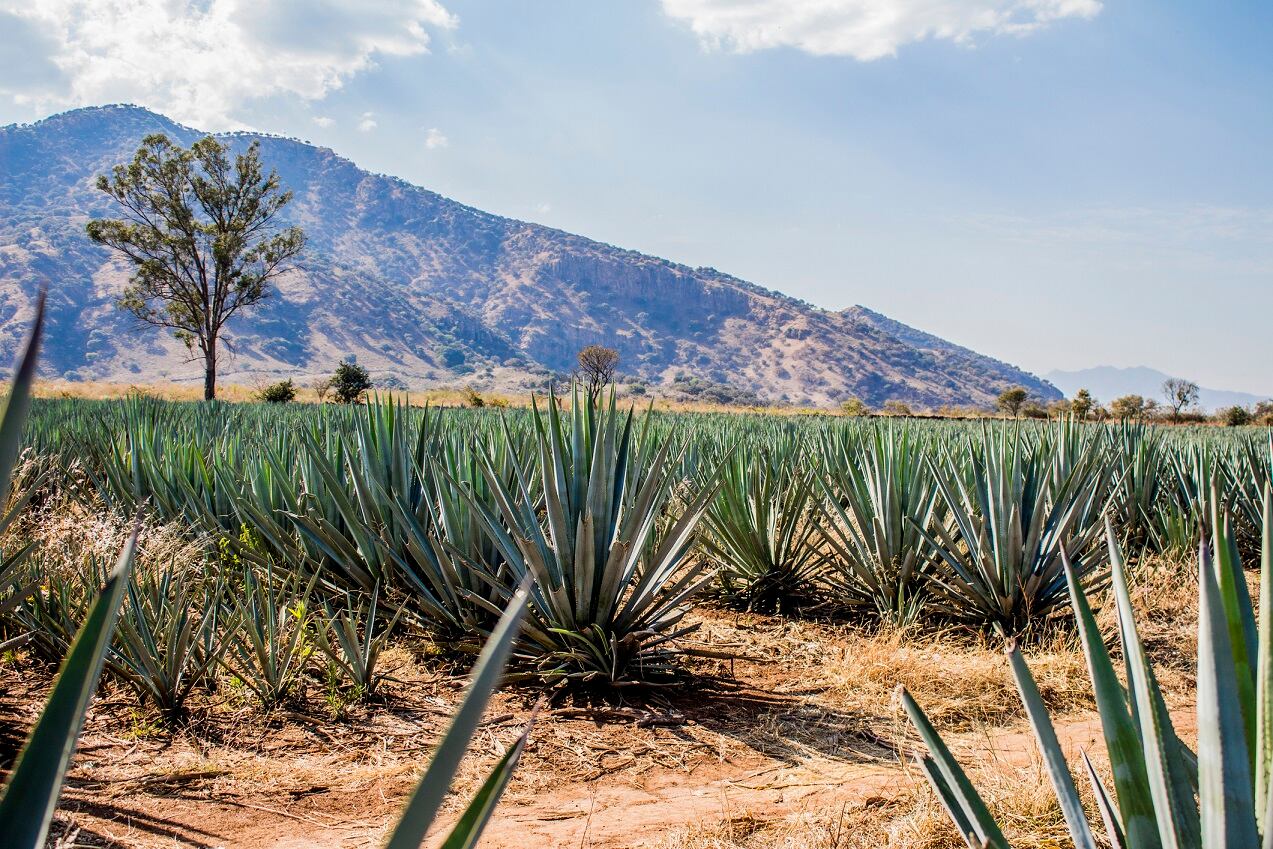As global trends turn to an “increased interest in ingesting fiber-enriched foods, instead of snack food consumption”, the study sought to identify the potential of ashen (AAB) and green (GAB) agave bagasse as functional ingredients in fat-reduced cookies.
Agave Bagasse study
In their research study, entitled Functionality of Agave Bagasse as Supplement for the Development of Prebiotics-Enriched Foods, Escobedo-García, S. et al. (2019) analyzed agave bagasses and formulated cookies for their characteristics and the role these can play in nutrition.
The researchers explored the potential of ashen and green agave bagasse in cookies through examining their chemical composition, oligosaccharide profile, color and texture parameter and functional properties. By studying these features, the researchers were able to see how the agave plants, which are semi-desert species, may act as a supplement in prebiotics-enriched foods.
Obtained during aguamiel extraction, agave bagasse is widely-known as a carrier of the prebiotic fructan-type carbohydrates. The material is also in contact with indigenous microbiota of agave plant during aguamiel fermentation.
To assess each of the characteristics of the material, a series of tests were undertaken. Proximate analysis of both bagasses and cookies looked at agave bagasse’s chemical characterization, while thin-layer chromatography and high-performance anion-exchange chromatography was used to analyze oligosaccharides.
Color modifications due to bagasse addition were explored through analyzing its total color difference, while a penetrometric test delved into whether any texture alterations were present following the inclusion of bagasse.
Functional food potential of agave bagasse
Researchers assessed numerous functional properties in agave bagasses and supplemented cookies, including their oil holding capacity, organic molecule absorption capacity, swelling capacity and water holding capacity.
Agave plants are commonly found in fibers, food and drinks. Specific agave species are used in the production of popular Mexican fibers and are commonly associated with alcoholic beverages including tequila, mescal and pulque.
By accessing the maguey agave plant’s nutritional sap, aguamiel — which is consumed as a fresh, concentrated or fermented item — production can begin once it has reached eight to ten years old.
The process enables the access of bagasse, a fibrous-like material, which is a potential source of dietary fiber and bioactive compounds. These properties are determined as agave bagasse remains close to aguamiel microbiota for a significant period and is a part of its “complex fermentative process”, the researchers state.
Prebiotic properties

Accumulating fructans in the agave plant’s stems, these fructans give the plant its prebiotic potential as they are resistant to human digestion and travel to the colon intact, where they can prompt the growth of beneficial microbiota such as Bifidobacteria and Lactobacilli.
Along with prompting free fatty acid production by colon microbiota, agave fructans also provide health and nutrition improvements that include lowering glucose levels in the blood and lipid homeostasis, while increasing mineral absorption.
Fructans have a series of functional properties that make their application in functional foods possible. The polymers of fructose are identified as having favorable hydration characteristics through their water-holding and swelling capacities. Fructans are also known for their organic compound absorptive properties including oil holding and organic molecule absorption.
Importantly, the researchers cite that fructans must be present in the final product to ensure that the food item has a prebiotic effect. To date, as agave plant production is highly linked to the manufacture of alcoholic beverages, the researchers state while the plants are “rich in nutrients and possess a high content of fructans, its properties as food ingredients have not been fully explored”.
Chemical and functional characteristics
The study found that ashen and green agave bagasse’s chemical and functional properties are viable in the food and nutrition industry, through their increased oil holding capacity of cookies and ability to transfer prebiotic fructooligosaccharides to both agave bagasse formulations. Both properties are also active as a prebiotic ingredient in cookies following in vitro digestion and cookie manufacture, including thermal treatment.
In an important find for the prebiotic space, the researchers found agave bagasse “could be considered a valuable alternative for the addition of the nutritionally-relevant dietary fiber in healthier foods”.
Agave bagasse’s core functionality is contained within its oil absorption benefits. As such, the researchers state that there is functional food potential to use the by-products of aguamiel extraction as hypocholesterolemic ingredients for baked products.
While agave bagasses did not considerably alter the chemical composition of cookies, the thin-layer chromatography and high-performance anion-exchange chromatography testing showed the presence of fructooligosaccharides and maltooligosaccharides in cookies after adding agave bagasse. During the manufacture of cookies, resistance to thermal degradation of fructooligosaccharides was also found.
From Mexican alcohol to baked goods
The study’s results indicate that agave bagasses can provide a “low-cost alternative for prebiotics-enriched foods, particularly in the bakery industry”, especially when considering the increased costs associated with commercially available refined fiber sources.
Looking at future studies, the researchers emphasize the necessity of analyzing short-chain fatty acid production by probiotic bacteria and an in vivo test to assess the effects of agave bagasse cookies consumption. A sensory evaluation would also be necessary to explore consumers’ reactions to added agave bagasse to increase nutritional quality.
Source: Plant Foods for Human Nutrition
2019, https://doi.org/10.1007/s11130-019-00785-z
“Functionality of Agave Bagasse as Supplement for the Development of Prebiotics-Enriched Foods”
Authors: S. Escobedo-García et al.

